Welcome to the Burton Ostenson Museum of Natural History
The Burton Ostenson Natural History Museum at Pacific Lutheran University houses over 10,000 preserved animal specimens collected and preserved by PLU faculty, students, and member of the Tacoma community over the past 100 years. Specimens are used by PLU faculty and students for teaching and research. In addition to serving as educational tools, preserved specimens carry with them information on where and when they were collected, providing a permanent, verifiable record that a species was present at a particular place at a particular time.
Maintaining the collection requires monitoring for pests that can damage specimens, monitoring fluid preservatives, and incorporating new specimens. Current efforts focus on digitizing records from the original paper catalogs into a searchable electronic database, a critical part of making these valuable objects and their associated data more broadly accessible.
Collection Overview
Age: The oldest documented specimen in the museum is a Golden-crowned Kinglet (Regulus satrapa) collected in 1912. However, most specimens were collected in the decades spanning 1950-1980.
Distribution: The majority of specimens were collected the Pacific Northwest, particularly Washington and Oregon. There are, however, other collections from Alaska, Canada, Australia, the Marshall Islands, Mexico, and Costa Rica.
Notable collectors: Jens Knudsen, Burton Ostenson, John Slipp, Harold Leraas, Dennis Martin, Donald Pattie, and Richard McGinnis.
Holdings
Fishes: 4324 specimens representing 539 species.
Amphibians: 883 specimens representing 161 species
Reptiles: 507 specimens representing 250 species
Birds: 1072 specimens representing 972 species
Mammals: 1096 specimens representing 539 species
Invertebrates: The museum also houses sizable collections of invertebrates. Notably, an insect collection and an extensive shell collection. These collections are in the process of being digitized and enumerated.
Use
Museum specimens are used by students in PLU courses as tools for exploring biodiversity. Having access to a diversity of preserved specimens gives PLU students a unique opportunity to directly interact with diverse organisms in ways that would otherwise not be possible. Current courses that utilize museum specimens include: BIOL 226 (Genes, Evolution, Diversity, and Ecology); BIOL 352 (Comparative Anatomy); BIOL 353 (Invertebrate Zoology); BIOL 354 (Natural History of Vertebrates); BIOL 355 (Ornithology); BIOL 367 (Conservation Biology and Management), and ENVT 350 (Environmental Methods of Investigation). In addition, some specimens are used in student-faculty collaborative research projects.
Due to the delicate nature of the specimens, access to museum specimens must be coordinated by a biology department faculty member.
Open House
Biology professor Jacob Egge hosts a museum open house on most Fridays in the fall semester. Starting September 13th, the museum will be open from 10:30-11:30am for the PLU community to stop in and learn about the value of biodiversity in collections, check out some specimens, or just engage in an informal museum-related conversation with Dr. Egge.
All PLU community members are welcome!
Open days this fall:
- September 13
- September 20
- September 27
- October 4
- October 11
- October 25
- November 1
- November 8
- November 15
- November 22
Funding
The museum is maintained by the Burton T. Ostenson Memorial Endowment. The fund provides funding to support student workers, public display of specimens, and general collection maintenance.



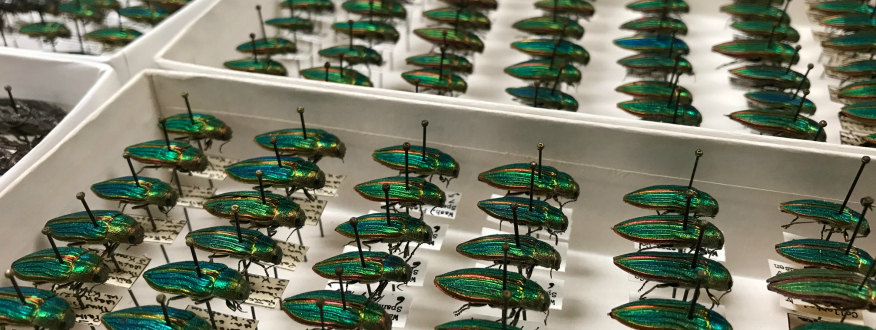
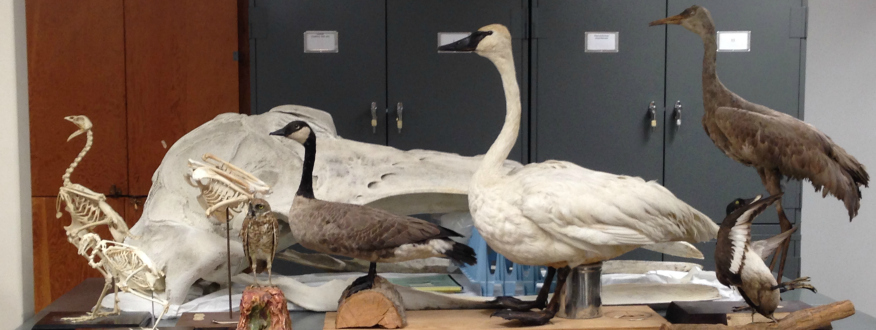
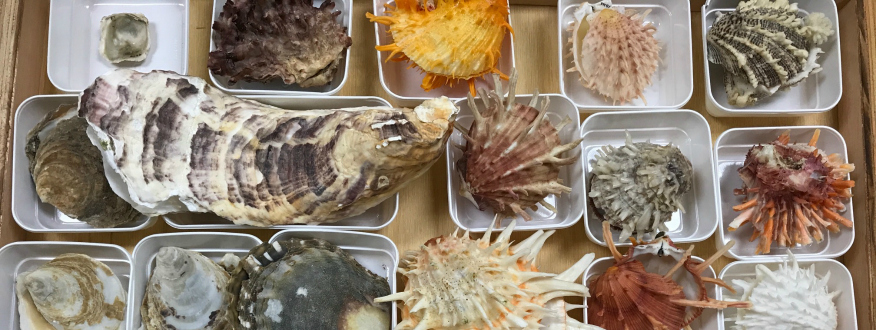
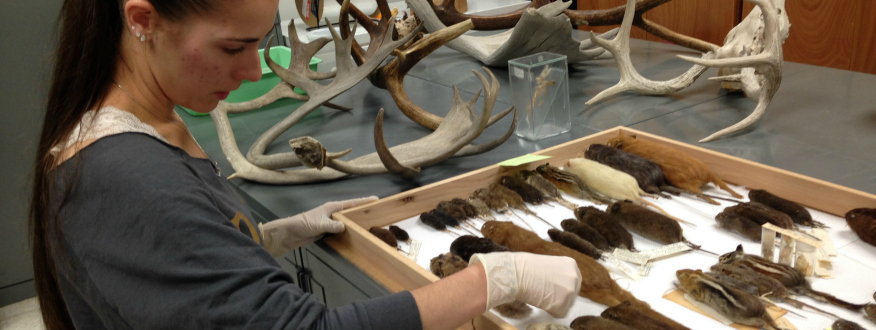
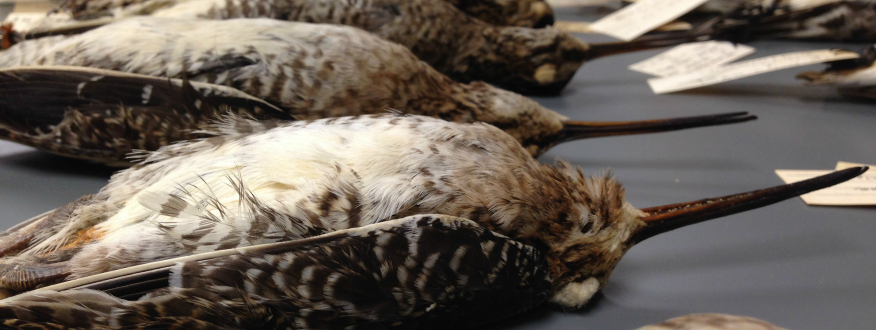
Social Media